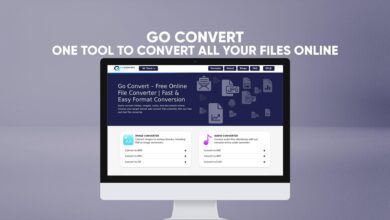Russia Uses Social Media to Gather Public Opinions
Russia is again working to interfere in elections around the world and is currently working on spreading misleading information via social media of the EU parliamentary election at the end of May, according to new data from SafeGuard Cyber.
Malicious actors, which are defined in the report as individuals, bots, trolls and hybrids, to simply influence the public’s perception of events, according to the report.
According to SafeGuard Cyber’s report evidence the volume of misleading information that is directed at EU members states.
The moment when Macron published the piece, bad actor activity increased around 79% , primarily to promote or share content attempting to discredit Macron’s ideas and shape public perceptions, according to today’s press release.
“Influence operations can appear difficult to discern because the content moving through conversations takes many forms and appears scattershot as any topic on social media. However, chasing any and every topic would actually dilute misinformation efforts, because campaign managers are aiming to achieve a certain ‘critical mass’ of messaging in order to exert any influence on the average citizen,” the report said.
“The scale of the problem is tremendous. The rise of disinformation campaigns is abetted by the fact that it is incredibly difficult to stop their spread on social platforms,” said Otavio Freire, co-founder, CTO and president of SafeGuard Cyber.
“Bad actors realize that hacking election infrastructure and hacking the perception of reality and facts are ultimately tactics to accomplish similar outcomes. The former you need to get past firewalls while the latter continues to be unprotected. Our report reinforces the need for a new approach to security, as today’s bad actors are not at all hindered by the cybersecurity tactics of yesterday.”
In related news, Microsoft CEO Satya Nadella announced on May 6 that it released ElectionGuard, a free, open-source software development kit (SDK) from its Defending Democracy Program, according to a blog post. “ElectionGuard will make voting secure, more accessible and more efficient anywhere it’s used in the United States or in democratic nations around the world.”
Check Out CobraPost, How These Bollywood Stars Are Running Political Campaigns on Their Social Media To Get Attention To Specific Parties.
For More of CobraPost Videos (CLICK HERE)




One Comment